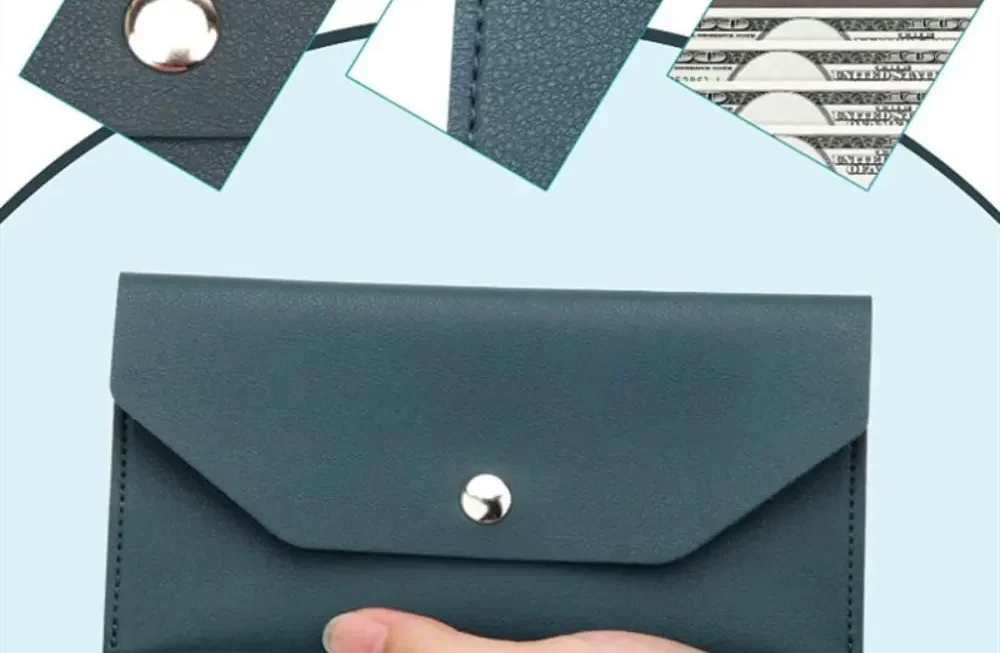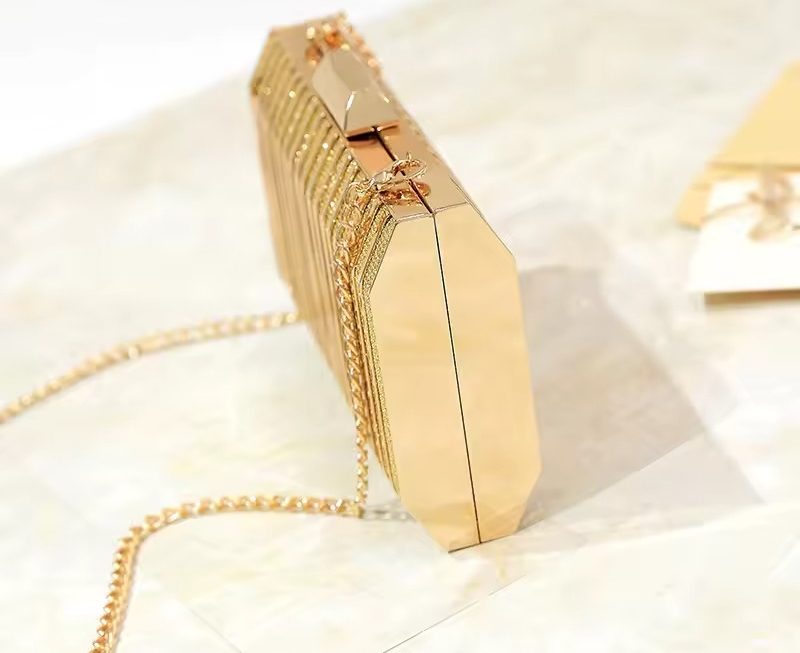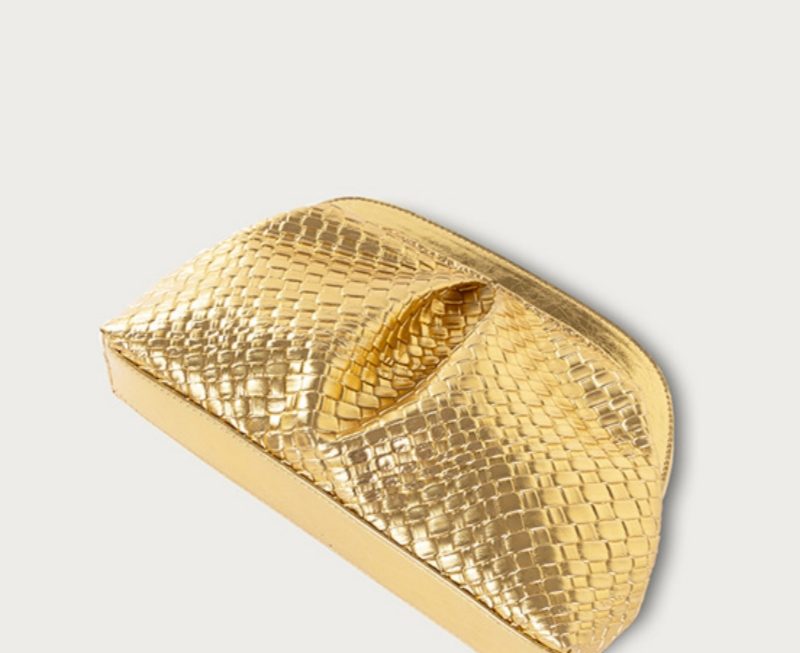Immediate Calming Strategies
How to find your wallet? The initial moments after realizing your wallet is missing can be quite stressful. Your mind might race, thinking about lost cash, bank cards, and ID. However, it’s important to not let panic take over. Here’s how to approach the situation with a level head:
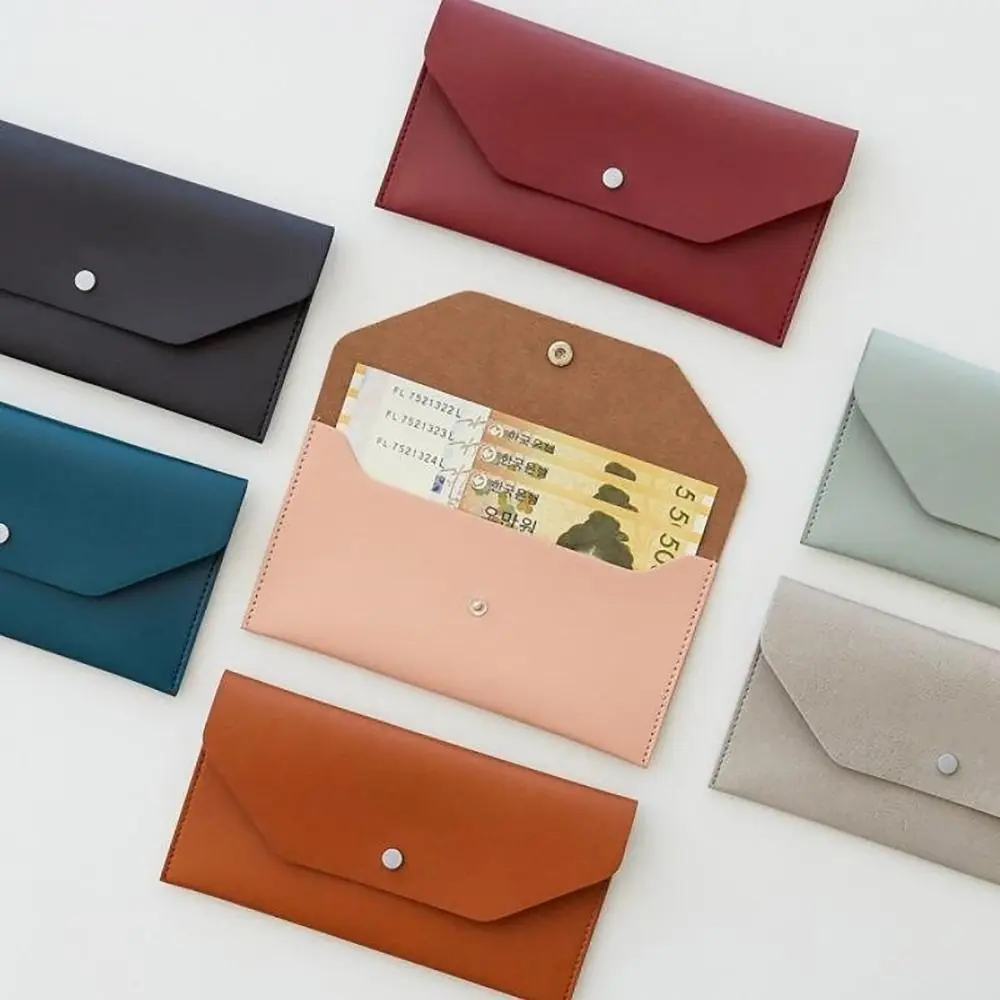
Take a Moment to Breathe and Focus
Before you dive into the frantic search for your wallet, pause. How to find your wallet? Follow this quick breathing exercise to help steady your nerves:
- Find a quiet spot.
- Close your eyes gently.
- Take a slow, deep breath in through your nose for four seconds.
- Hold the breath for four seconds.
- Exhale slowly through your mouth for another four seconds.
- Repeat this pattern a few times.
This method, known as the 4-4-4 breathing technique, helps reduce stress and sharpens your focus. It’s used by experts in pressure situations, including Navy SEALs, to regain composure. With a calm mind, you’re more likely to remember details about your wallet’s last known location. Once you’re feeling centered, you’ll be ready to start searching effectively.
Retracing Your Steps for Clues
Once you’ve calmed down, the next step is to think back. Where were you before you noticed your wallet was missing? This can give you vital clues. Go over your recent activities in your mind.
Consider Your Last Known Location
Your wallet’s last seen spot is a critical piece of the puzzle. Where was it? On the kitchen counter? By your computer? Maybe you left it in a jacket pocket? Start by checking these obvious places. Think about the clothes you wore recently. Search through the pockets. Recall if you made any online purchases and where you were at the time. Always look where you last used your wallet. This often leads to finding it. Don’t forget to check in your car or any bags you used. When thinking back, include interactions with others. Did you lend it to someone? Sometimes, another person’s memory can help.
Searching High-Probability Areas
When looking for your wallet, efficiently searching in likely spots makes a huge difference. Think about where you usually put your wallet when at home or when out.
Start with Common Places at Home
Begin your search in the areas of your home where you spend the most time. Check these first:
- The pockets of the clothes you last wore.
- Near your computer or where you relax.
- The laundry area, in case it fell out of your pants.
- Inside any bags or purses you’ve recently used.
- Between the couch cushions or under furniture.
By starting in these common places at home, you increase the chances of finding your wallet quickly.
Expand to Vehicle and Workspace
If your home search comes up empty, next check your vehicle and workspace. Remember these spots:
- Glove compartment and pockets in your car.
- Desk drawers and shelves at your workplace.
- Any spots where you typically place personal items while working.
Your wallet may have slipped out of sight in a frequently used area. Carefully look through these places to make sure you don’t miss it.
Reach Out for Help
How to find your wallet? If you’ve searched high and low without success, it’s time to seek assistance. People and places you’ve been to recently could hold the answer to your wallet’s whereabouts. Recall your last errands or outings and get in touch with them for help.

Contact Places You Recently Visited
When reaching out to places you’ve recently been, be clear and specific. Mention the date and time of your visit and describe your wallet. Did you dine at a restaurant? Call and ask if your wallet was found. Maybe you shopped at a store? Go there and check with the staff. If you visited friends, ask if they’ve seen your wallet. Honesty helps at this stage, and knowing your last card transaction can narrow down the search.
Utilize Public Transport Lost and Found
If you’ve used public transport, immediately contact their lost and found office. Provide a detailed description of your wallet. Include the route you took and the time you traveled. Check online resources if they have a lost and found database. Persistence is key. Keep checking back with them as items can turn up later.
Prevention and Future Measures
After exploring steps to find a lost wallet, it’s wise to look ahead. Avoid future mishaps with simple preventive strategies.
Establish a Consistent Storage Spot
One key tactic is having a set place for your wallet. This can be:
- A particular section of your purse or bag.
- A drawer in your home specifically for your wallet.
- A hook or dish near your entryway.
By choosing one spot to keep your wallet, you reduce the risk of losing it. Train yourself to use this spot. Each time you return, place your wallet there immediately.
Consider a Wallet Tracker
Technology can further safeguard your wallet. Consider adding a wallet tracker. How it works:
- Connect the tracker to an app on your phone.
- The tracker alerts you if your wallet is out of range.
- Use the app to locate your wallet if it goes missing.
With a tracker, you’ll have peace of mind. Even if you misplace your wallet, recovery becomes much simpler. Plus, some trackers have added features like range notifications. These remind you not to leave without your wallet.
When to Take Action on Lost Items
After you’ve exhausted all possible locations where your wallet could be and have asked around without success, it’s time to consider the possibility that your wallet might not be recovered. Taking prompt action in such cases is critical to protecting your identity and finances.
Cancelling Cards and Notification Procedures
Agree to cancel your bank and credit cards as soon as you ascertain the wallet is truly lost. Reach out to your bank and credit card companies immediately. Inform them about the loss so they can block your cards to prevent fraudulent transactions. Follow their steps, often they’ll guide you on the phone. Also, notify your DMV or equivalent about your driver’s license; this helps prevent identity theft. Consider changing your locks too if your home keys were in the wallet.
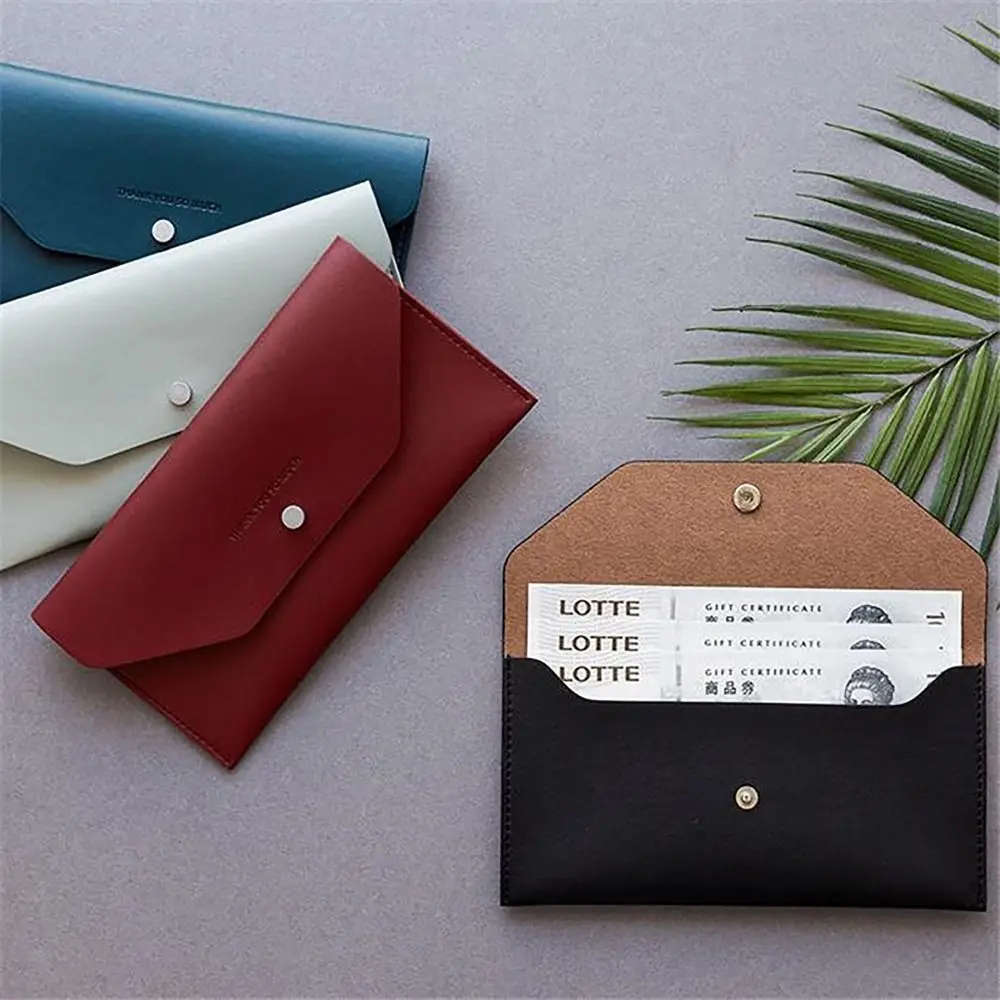
Replacing IDs and Other Essentials
After securing your financial accounts, start the process of replacing essential items. Obtain a new driver’s license or government ID as soon as possible. Report and request new copies of other significant documents like insurance cards. If your social security card was in the wallet, reach out to the Social Security Administration for a replacement. The sooner you start, the faster you’ll recover from the loss of a wallet. Make a list of Items in your wallet to help remember what needs replacing.
